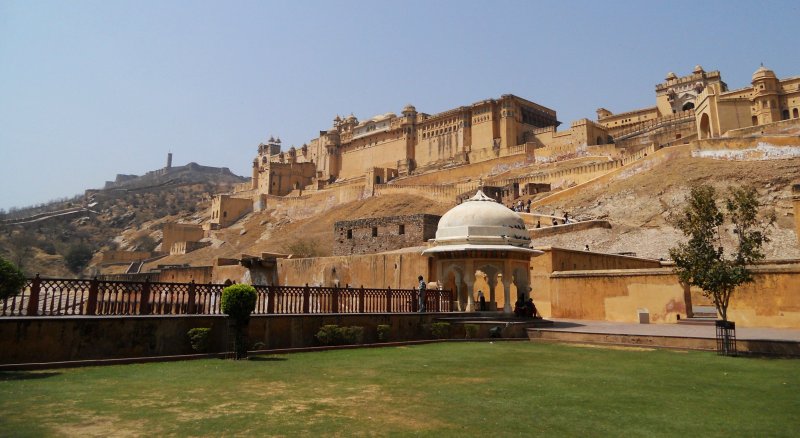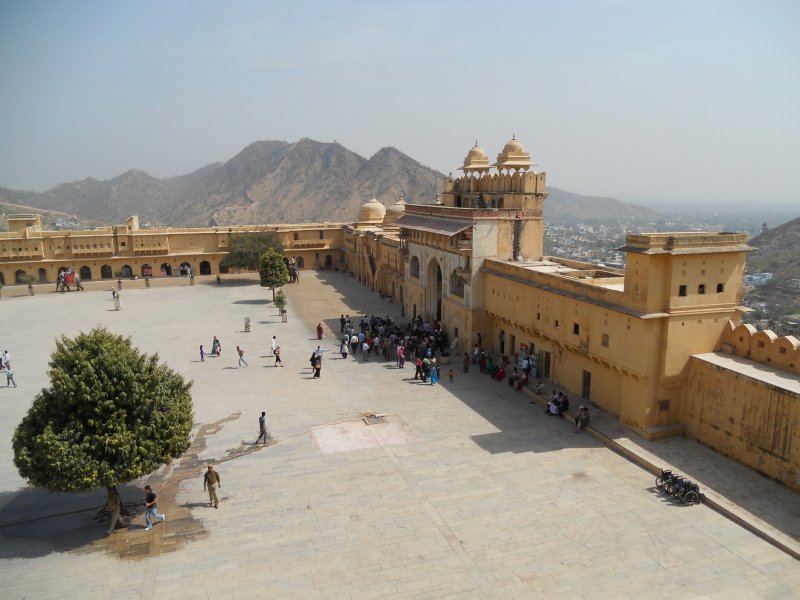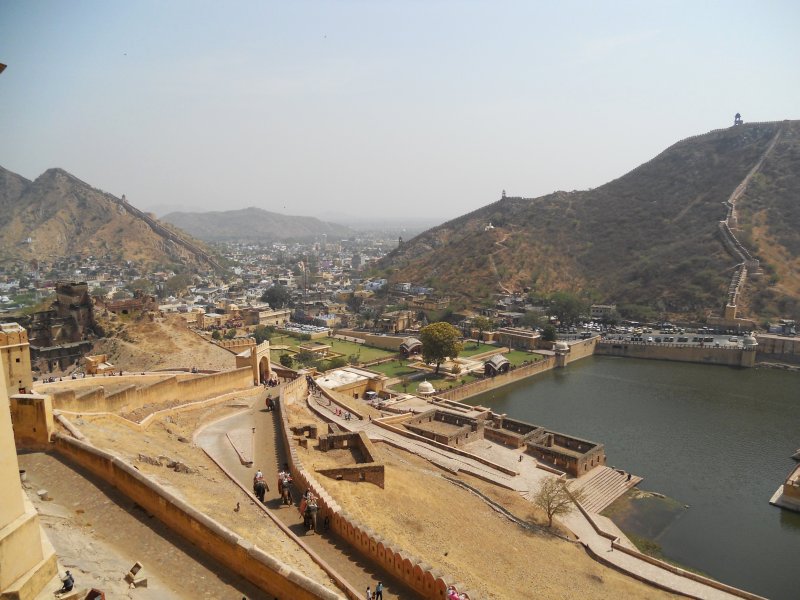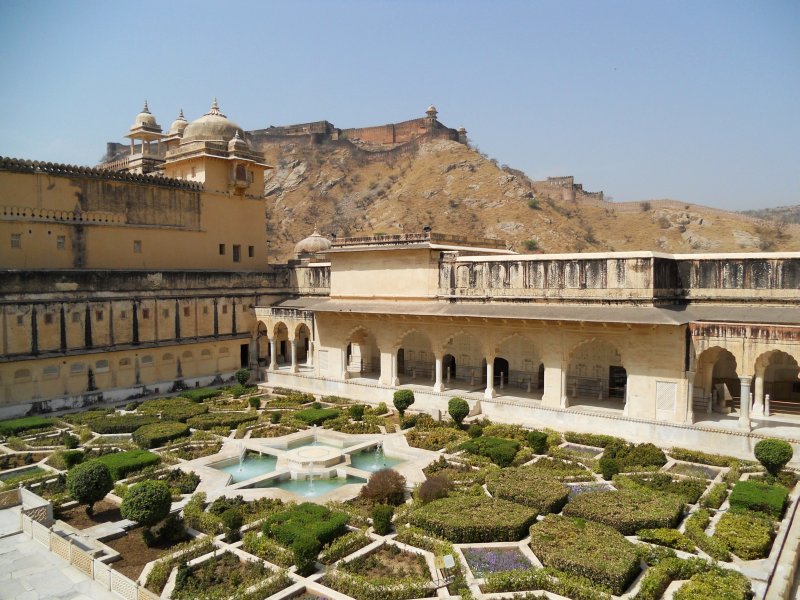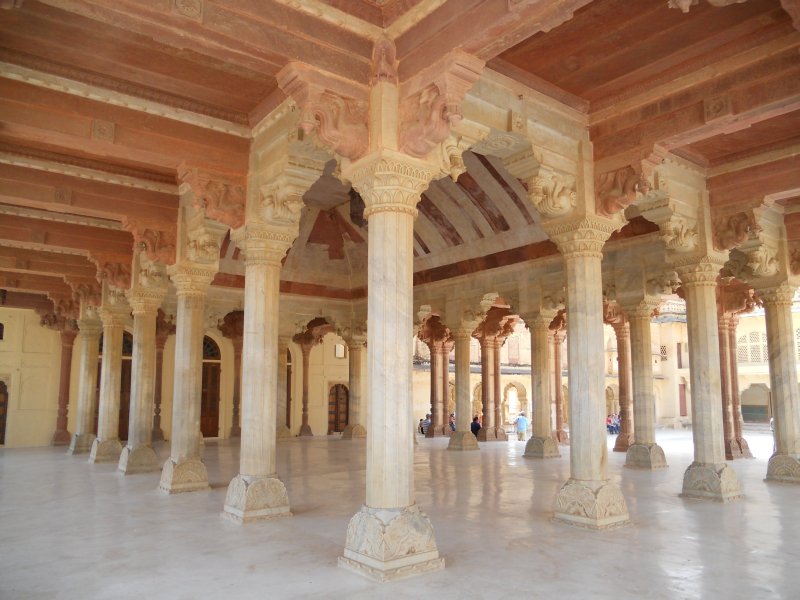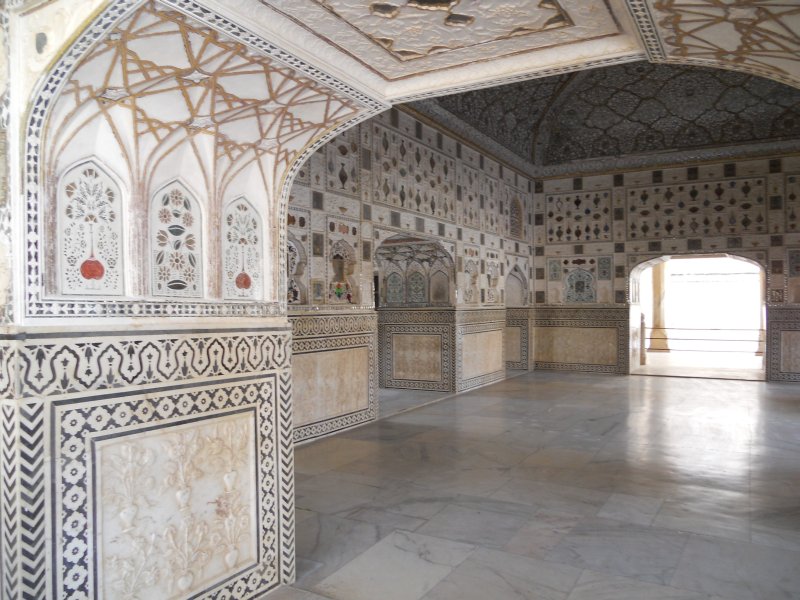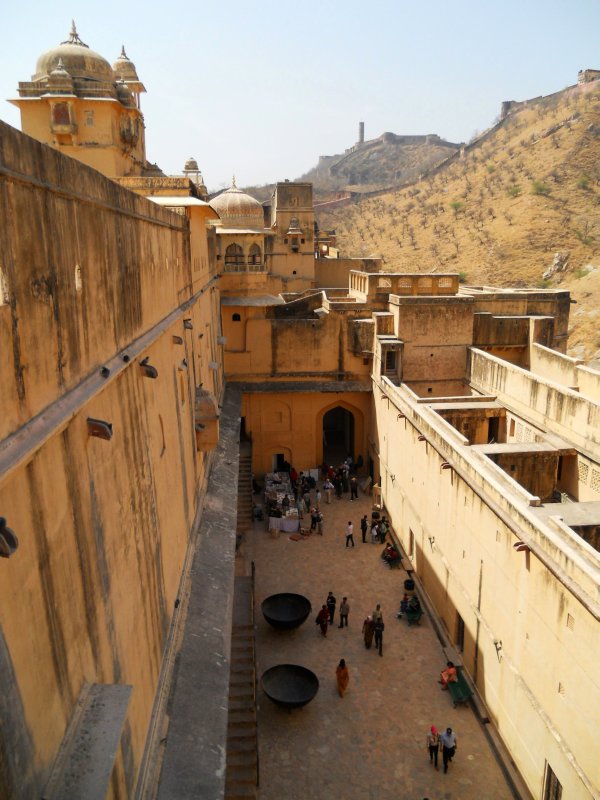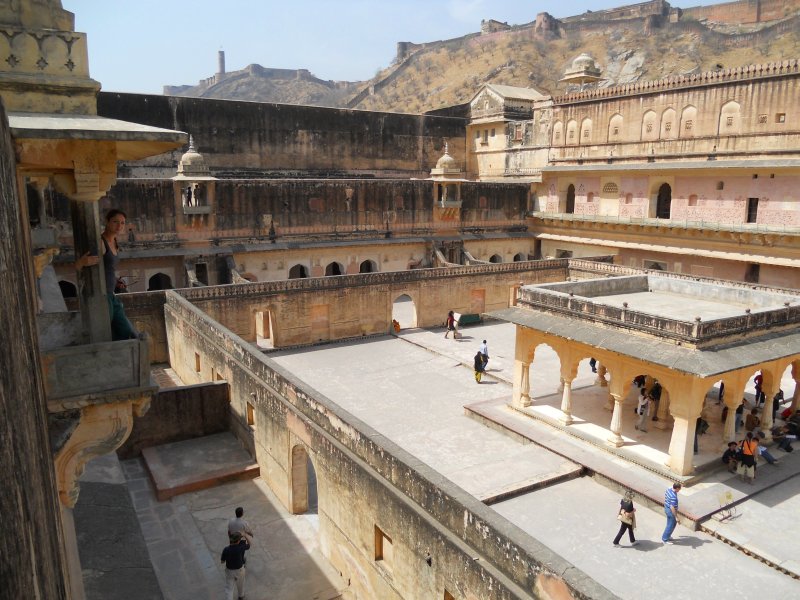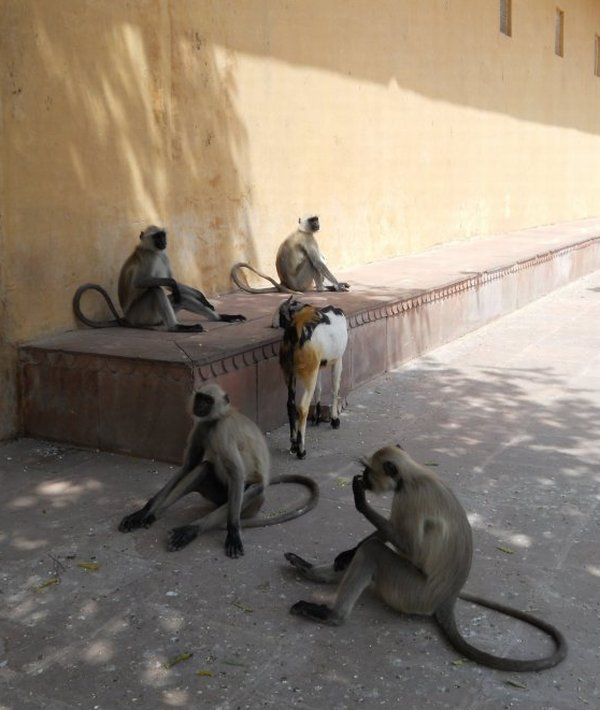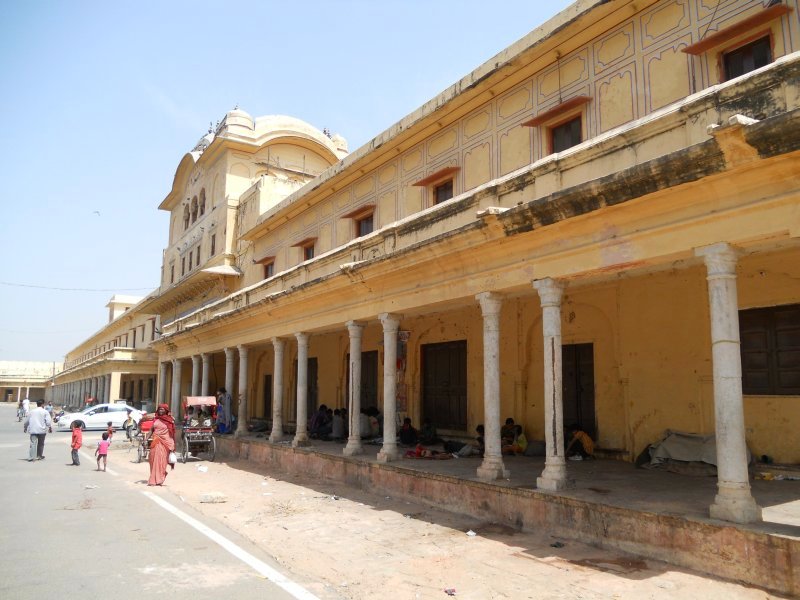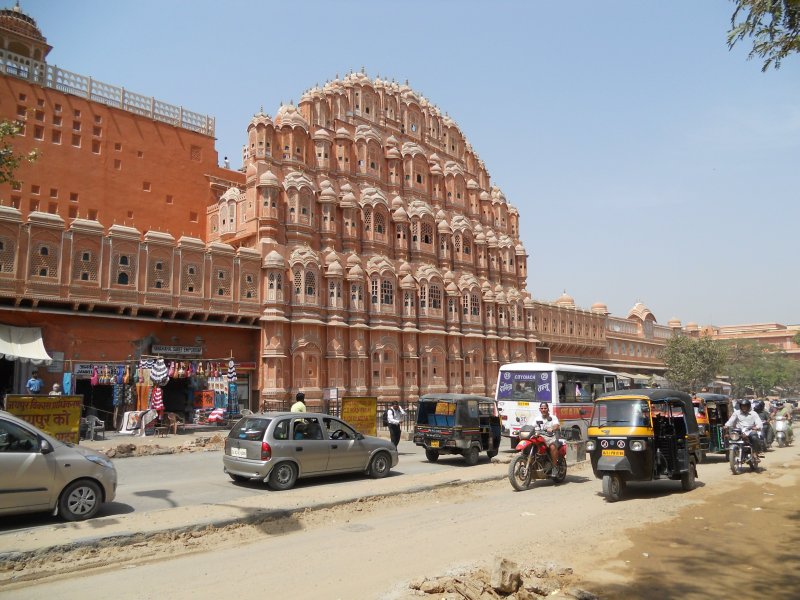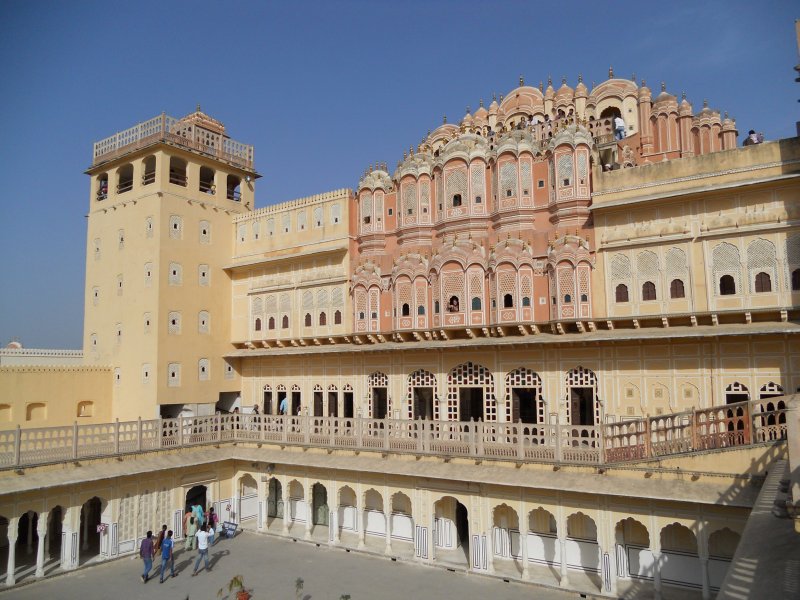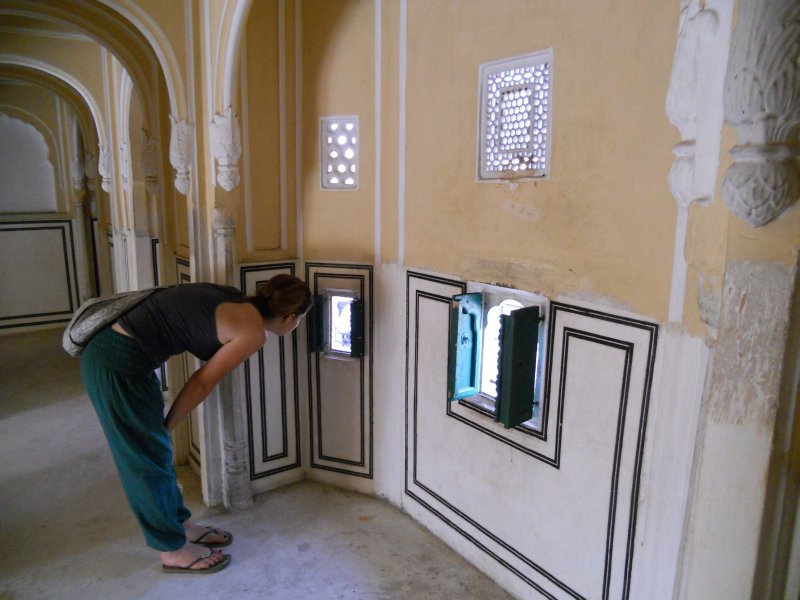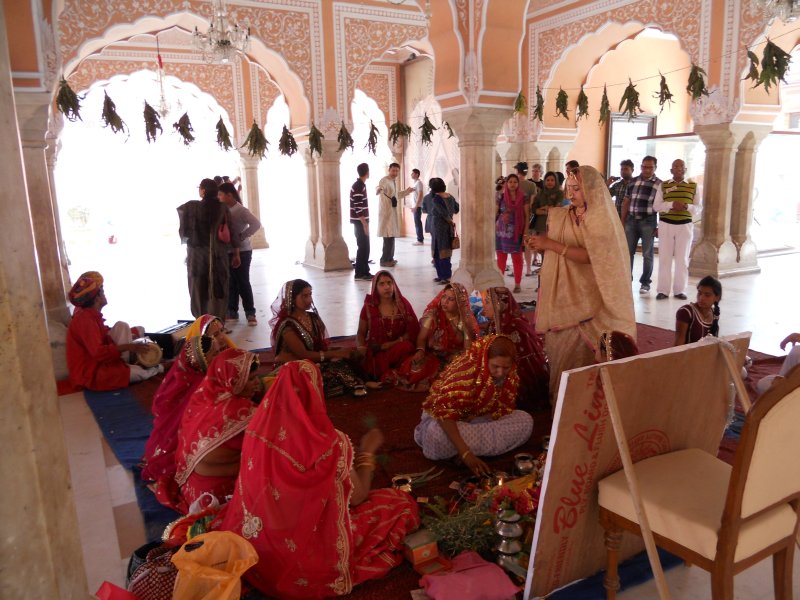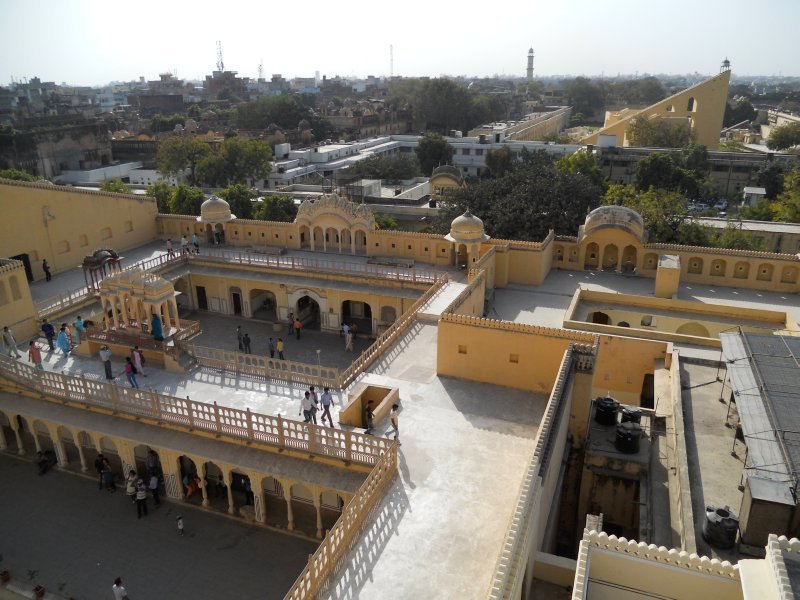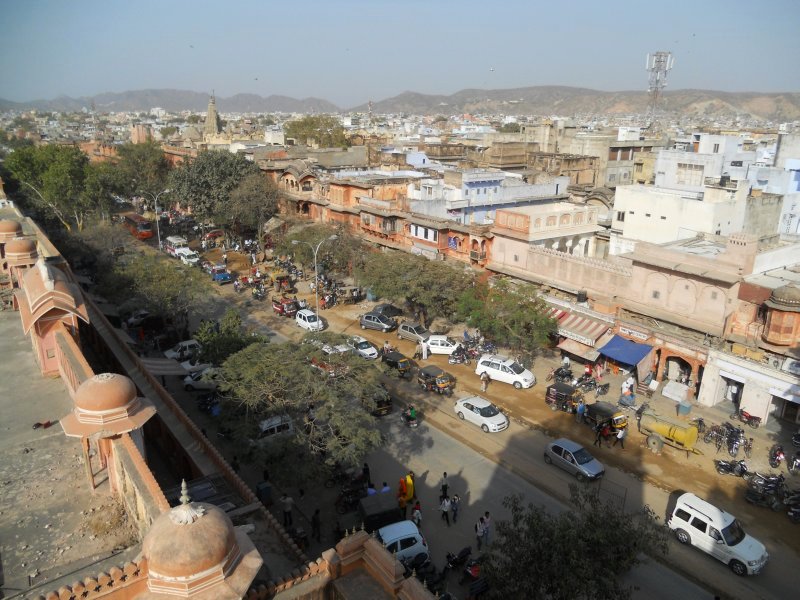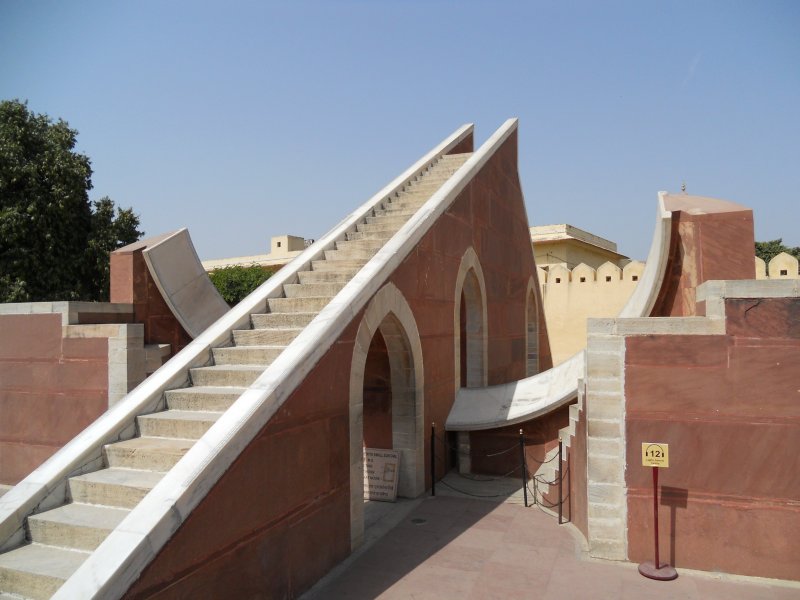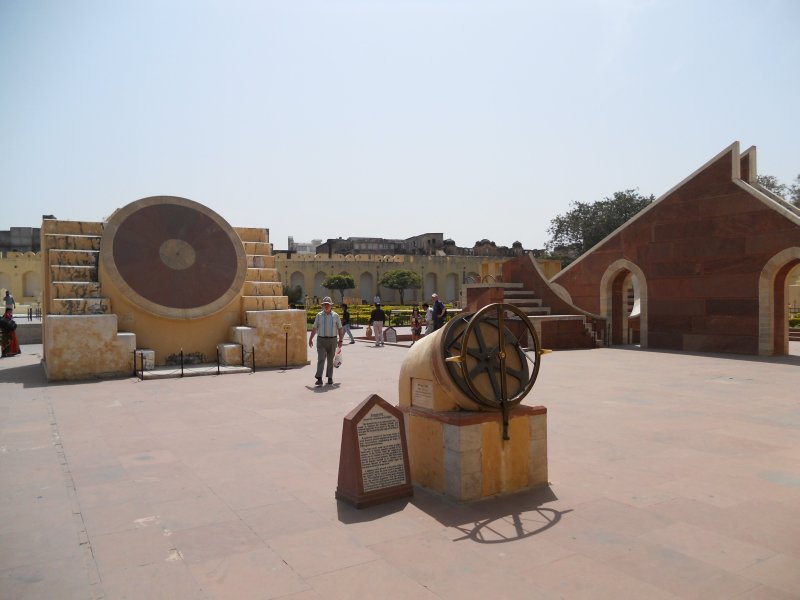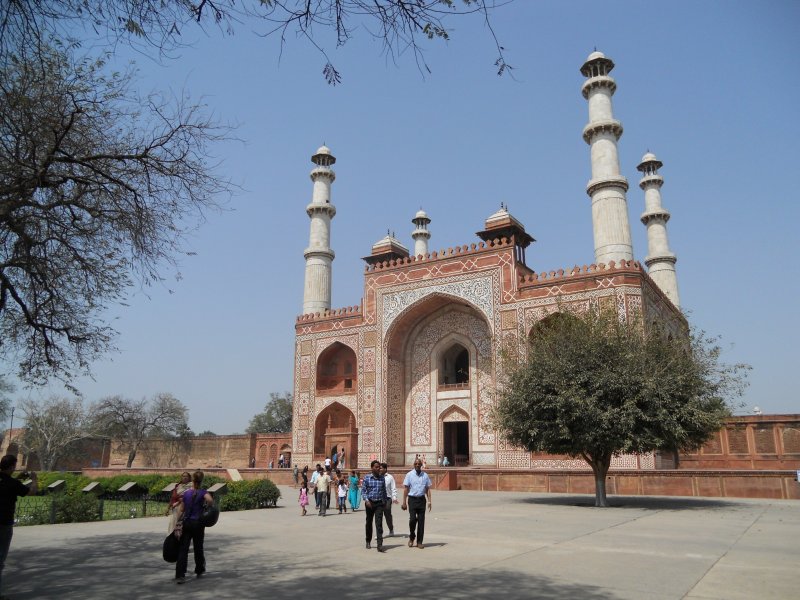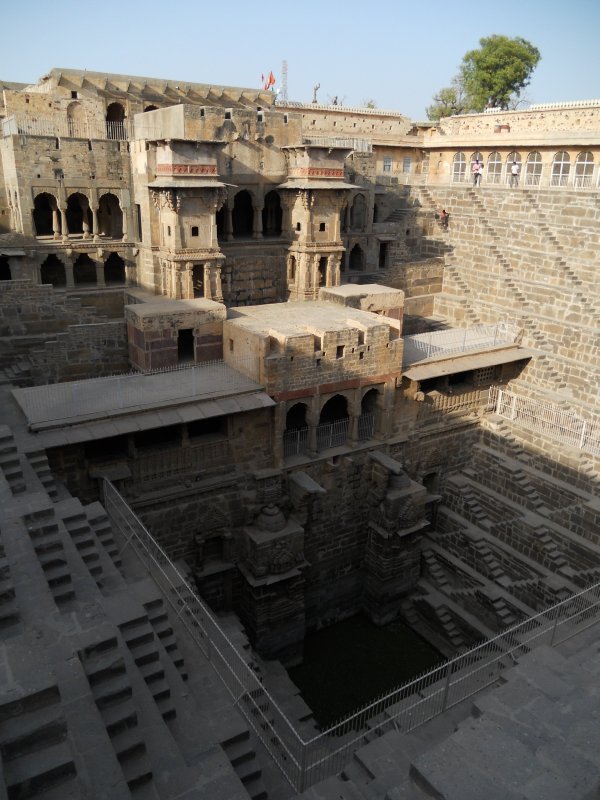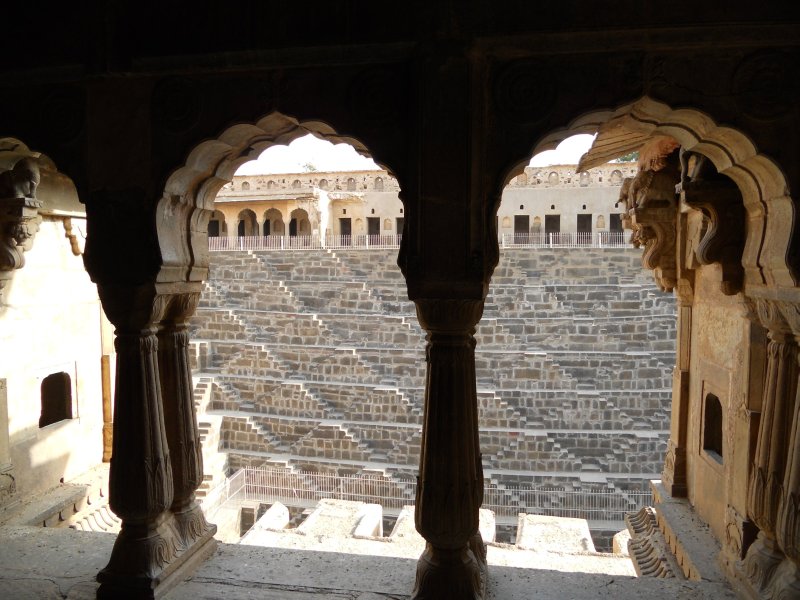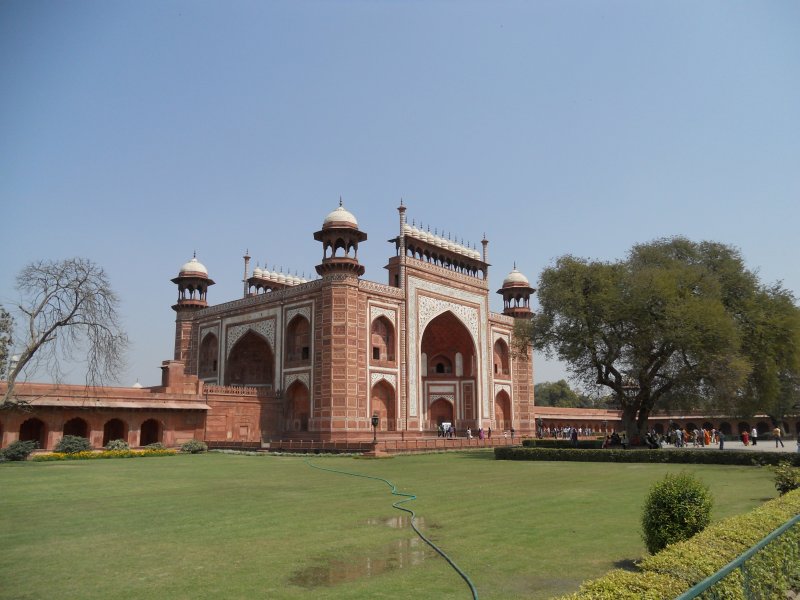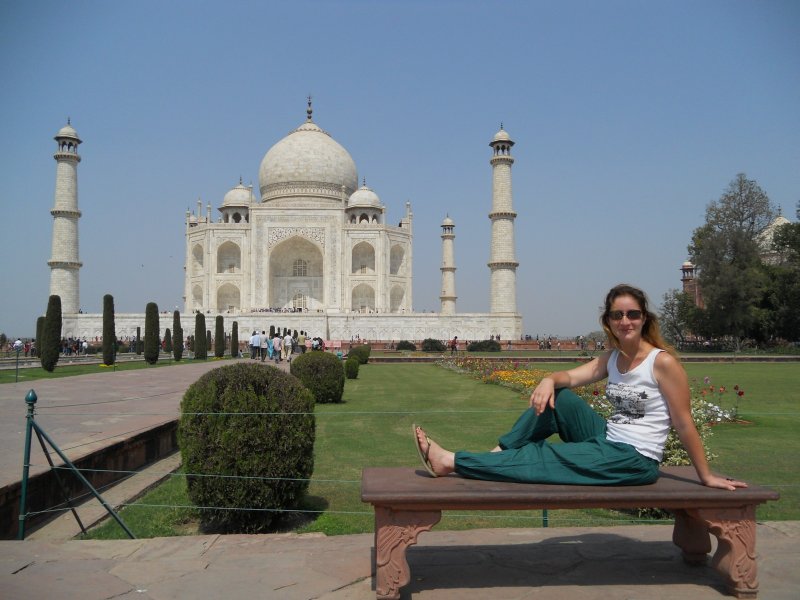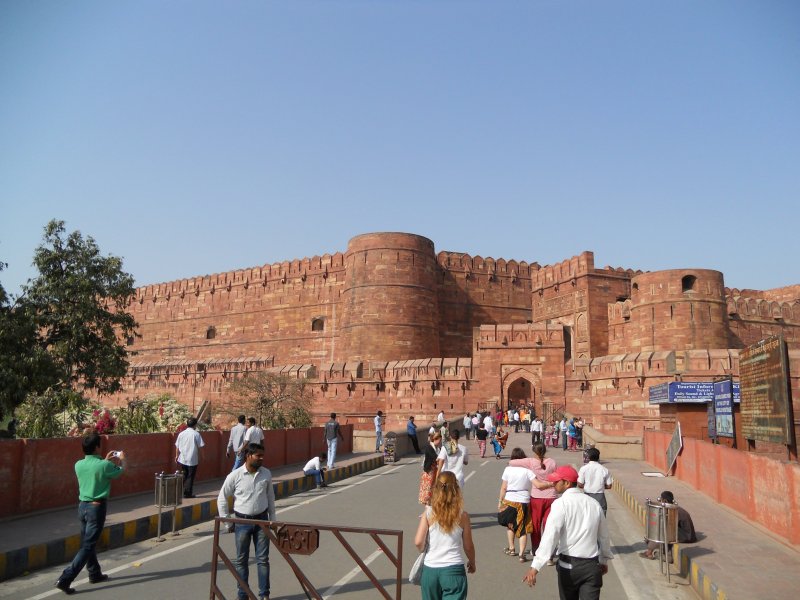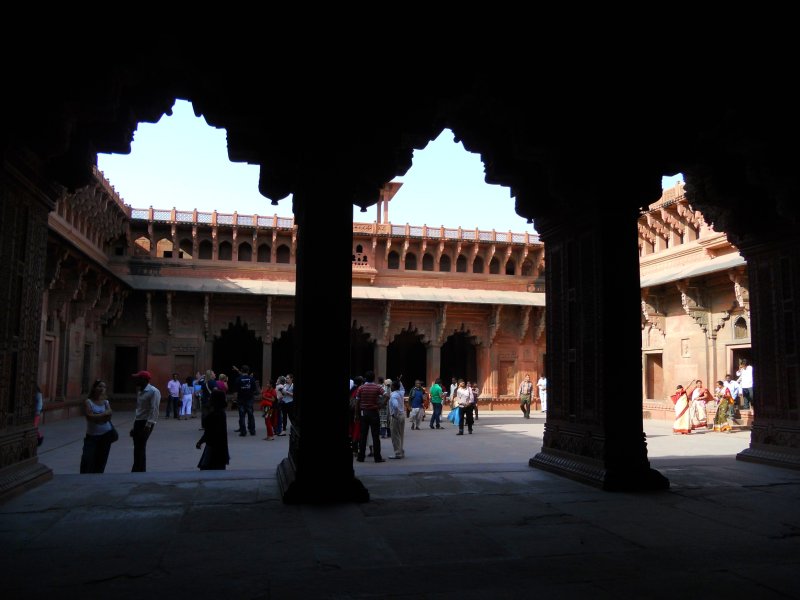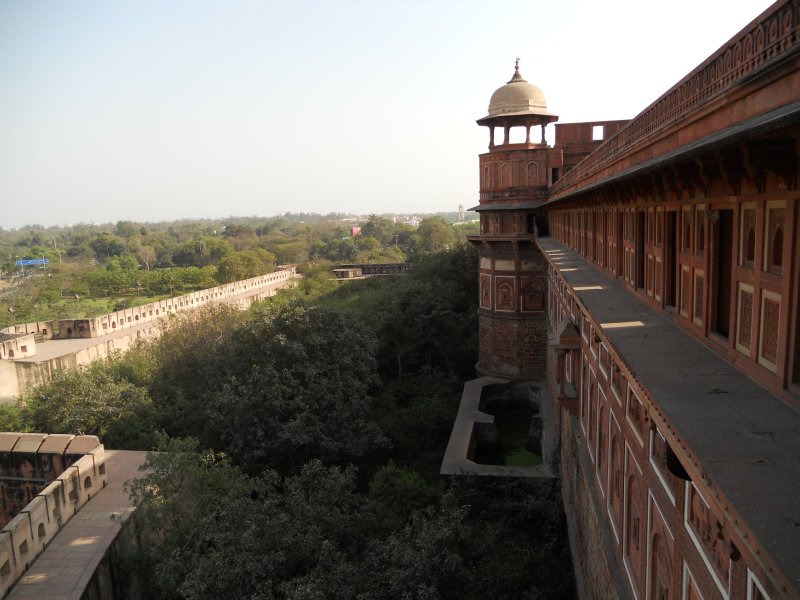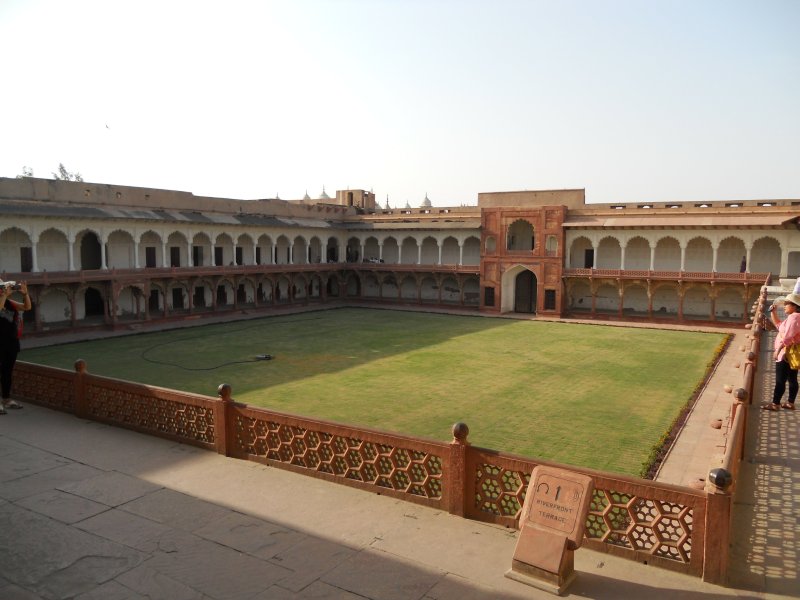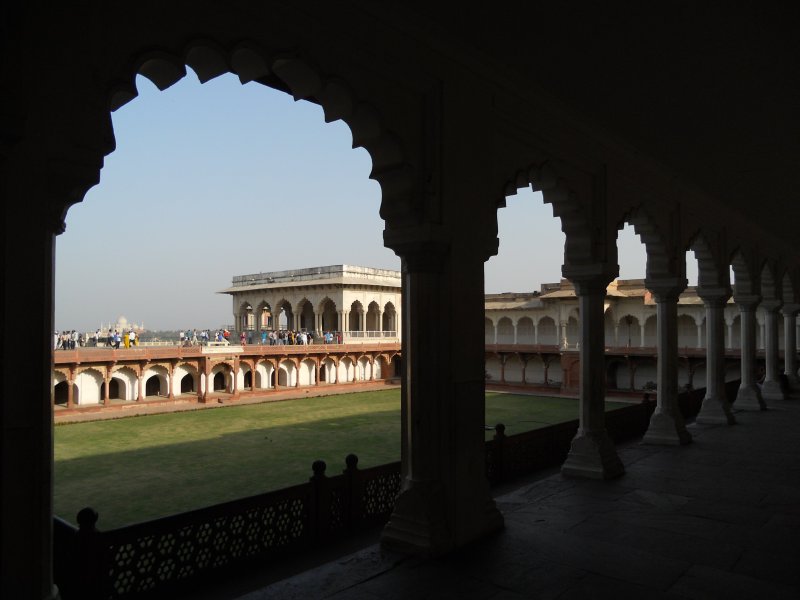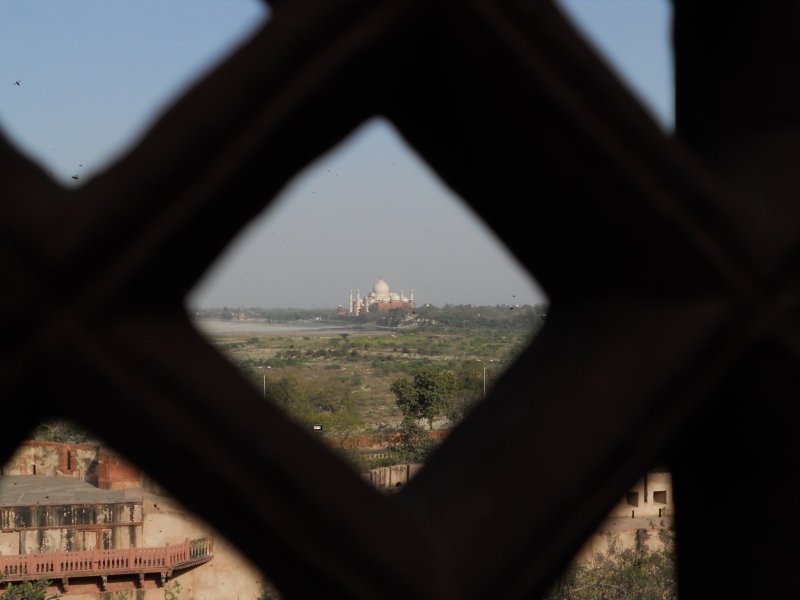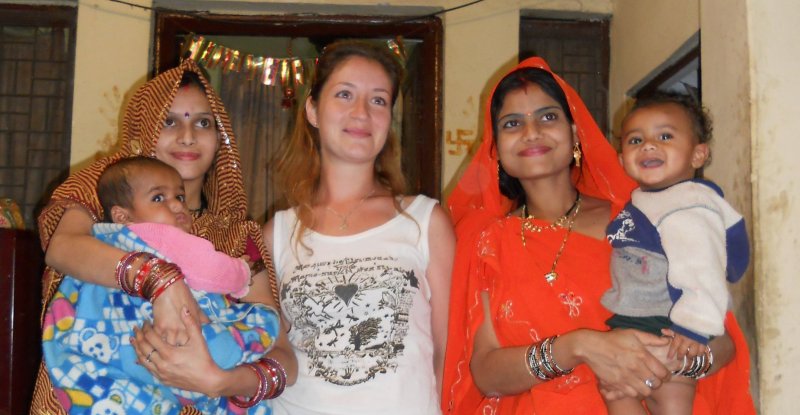If you love exploring, traveling and discovering new countries and cultures, then you are sure to be enjoying reading our Asia to Europe travel blog. We love traveling because it is a great way to see new places, meet new people and experience exciting cultures and cuisines. The cuisine in Asia differs vastly from that in Europe. Our trips starts in Vietnam and ends in Romania; both of which have very diverse cuisines.
If you consider yourself quite brave when it comes down to tasting new foods, then you are sure to be looking forward to all the great dishes you will be able to try when you go traveling. However, for those who like traditional home-made dishes, which you like to eat on your cosy sofa in front of your laptop when you are watching TV or playing partypoker on a night in, then it might be a little bit more difficult for you to adapt to new cuisines if it’s not what you’re used to. This blog post will show you the differences between Vietnamese and Romanian food, so if you decide to embark on a trip similar to ours, you know what food you’re likely to see.
Vietnamese food is known for being a very healthy cuisine which uses lots of fresh ingredients, small amounts of oil and plenty of herbs and vegetables. There is also a strong vegetarian tradition which has been influenced by Buddhist values. Some traditional family meals include stir-fry, steamed fish, steamed rice or a vegetable broth.
Romanian food on the other hand is quite different; it is known for its tangy and sour soups – such as calf foot broth – and many of the dishes use vinegar and lemon juice. The cuisine is much richer, heavier and heartier than Vietnamese food. Some of Romania’s typical dishes include Camati (garlic sausages) and Chiftele which is a large meatball, covered in a flour or breadcrumb crust.
